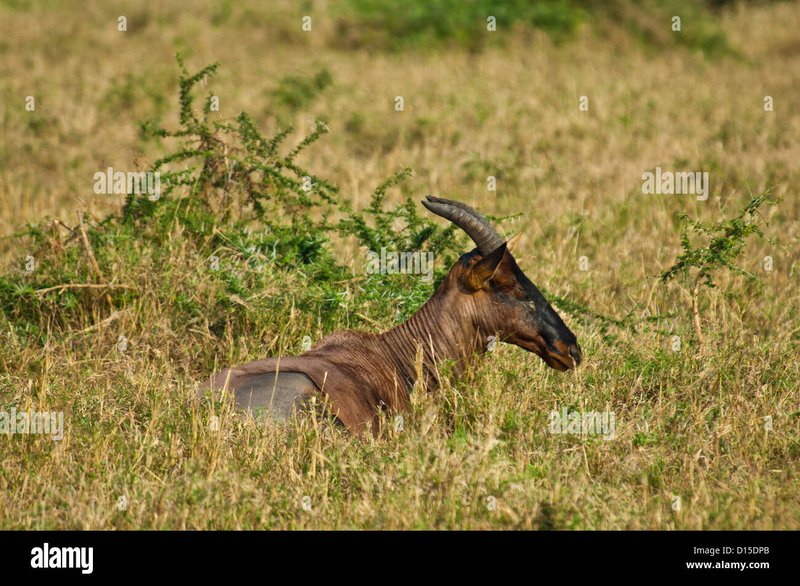
The Topi, with its striking reddish-brown coat and elongated face, is a fascinating animal. They roam the savannas and plains, often seen grazing in groups. While they primarily focus on their own survival, it’s essential to recognize the situations that can escalate their behavior from being shy to potentially dangerous. Let’s take a closer look at the nature of the Topi and what might trigger its defensive instincts.
Understanding the Topi’s Behavior
To grasp the potential dangers of the Topi, we first need to understand how these animals behave. Topis are known for their agility and speed, which they use to escape from predators. They are also territorial during mating season, which can lead to aggressive behaviors if they feel threatened. Just like when we protect our space or loved ones, Topi can become defensive if they perceive a threat.
The Topi’s natural instincts usually steer them clear of humans. In general, they would rather flee than fight. This means that most encounters with humans don’t result in danger. However, if a Topi feels cornered or if a human gets too close to their young, the animal may make a stand. Their powerful horns and athleticism can transform a peaceful animal into a formidable force when scared.
When Do Topi Become Dangerous?
You might be wondering about specific scenarios where Topi could be risky. Here are a few:
- During Mating Season: Male Topis can become quite aggressive as they compete for mates. They may defend their territory vigorously, posing a danger to nearby humans.
- With Young Calves: A mother Topi is fiercely protective of her young. If you accidentally get too close to a calf, you might find yourself on the receiving end of some sharp horns.
- When Cornered: Like many animals, a Topi might react aggressively if it feels trapped. If you’re in a situation where it can’t escape, it could become dangerous.
In each of these scenarios, the key factor is the animal’s perception of threat. It’s like a game of chess: the Topi is constantly assessing the board and deciding its next move based on potential dangers.
Safety Tips When Encountering Topi
If you find yourself in the wonderful expanse of East Africa, spotting a Topi might be on your bucket list. But it’s crucial to know how to stay safe. Here are some simple tips to keep in mind:
- Maintain Distance: Always observe Topis from a safe distance. Use binoculars for a better view without intruding on their space.
- Stay Calm: If you do encounter a Topi up close, remain calm. Sudden movements may startle them and provoke a defensive reaction.
- Do Not Approach: It’s tempting to get closer for a photograph, but this can be dangerous. Respect their space to ensure both your safety and theirs.
By following these tips, you can enjoy watching these beautiful creatures without putting yourself at risk. Remember, being a respectful observer goes a long way.
Comparing Topi to Other Antelopes
Understanding how Topi stack up against other antelopes can also shed light on their behavior. For instance, compared to the more social wildebeest, Topi prefer solitary or small group living. This difference influences their interactions with humans. Wildebeests are often more skittish and will flee at the first sign of disturbance, while Topis may stand their ground if they feel threatened.
When it comes to aggression, some antelope species, like the kudu, are less likely to show defensive behavior compared to Topis. Yet, many antelope can become dangerous when provoked. It’s crucial to treat all wild animals with the same caution, understanding that behind every species is a unique set of behaviors shaped by their environment and circumstances.
In the grand tapestry of wildlife, the Topi plays a unique role. While Topi can be dangerous to humans under certain conditions, they are primarily peaceful animals that prefer to avoid confrontation. The real danger often lies in misunderstanding their behavior or intruding on their territory.
By staying informed and respecting their space, we can appreciate Topis in their natural habitat while minimizing risks. So, the next time you’re admiring these striking antelopes, remember to keep a respectful distance and observe them with curiosity rather than confrontation. After all, nature is best appreciated from afar, where both we and the Topi can thrive in harmony.

